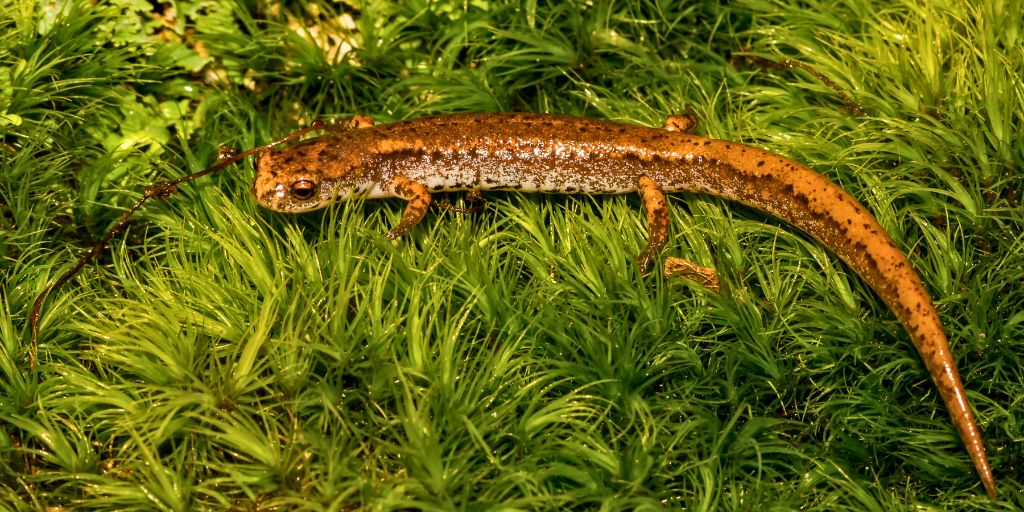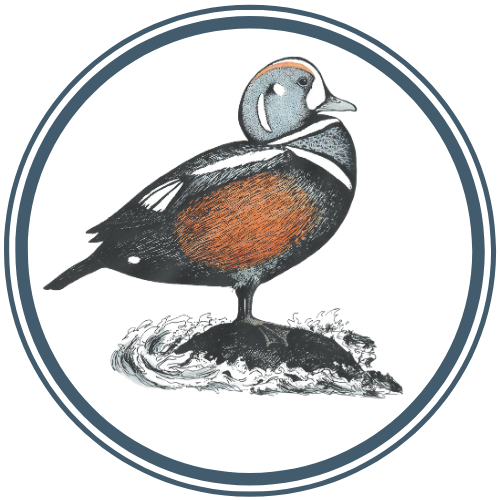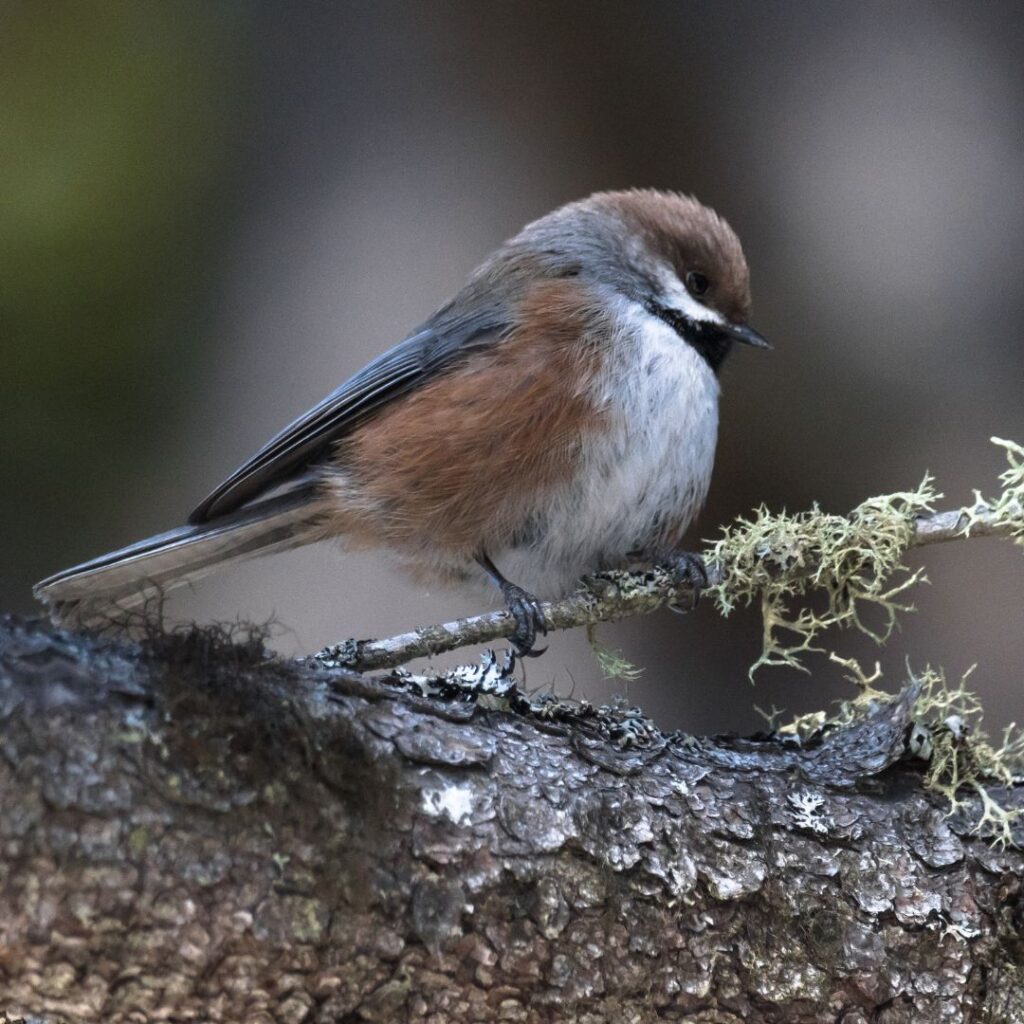Nature Notes: A Maine Naturalist Afield

Host: Logan Parker
Producer: Glen Mittelhauser
Logan describes the character of the “wet woods” surrounding his home, spring “big nights,” and his elusive four-toed neighbor.
Transcript
Situated between two beaver flowages and located in a section of forest composed principally of eastern hemlock, yellow birch, and red maple, the woods around our home could be most simply characterized as “damp”. Leaf-lined depressions in the rolling landscape act as basins that hold snowmelt well into the spring, sometimes into the summer, while a diverse array of mushrooms bloom beneath the shade of the dense assemblage of trees crowding the hillsides.
While this landscape does have its disadvantages, chiefly the blackflies that issue from the brook and mosquitoes emanating from the scattered vernal pools, this wet tract of land also provides a number of benefits for those interested in natural history. Red-shouldered Hawks circle in the sky by day while the Barred Owls caterwaul through the night. Blackburnian Warblers, Blue-headed Vireo, and Hermit Thrush all can be found here come mid-to-late spring.
Frogs also abound on our hilltop. The Spring Peeper choruses emanating from the nearest beaver pond can be deafening, even at a distance. Pickerel Frogs and American Toads regularly bound their way across the uneven clearing we refer to as our yard. Green frogs bask beside the brook. Humid summer nights are reserved for the songs of Gray Tree Frogs which are invisible even in daylight, camouflaged among the ample quantities of lichens found clinging to nearly every surface.
Frogs are not the only amphibians regularly observed in these wet woodlands. Salamanders, such as Red-backed and Two-lined Salamanders, are frequently found beneath overturned stones while Spotted Salamanders are frequent accidental captures while working on any project that requires hole digging. As a consequence, “checking the holes” has become part of the routine whenever chores involve breaking ground.
Springtime arrives slowly on our hill with snow often clinging to shaded northern slopes well into April, sometimes later. An occasional May snow squall is never out of the question. Consequently, the unfolding of spring is a protracted and highly localized event. “Big nights”– spring nights when large numbers of amphibians move from their winter shelters and travel to their mating pools– can be hard to predict here. Yet, I always make the effort to search the roadsides on rainy, relatively mild spring nights to help any emerging frogs and salamanders with their passage across the road. I often encounter many individuals of the aforementioned species. This spring ritual also provides the chance to see one of our most rarely encountered amphibious neighbors: the Four-toed Salamander.
In addition to mushrooms and lichens, the near perpetual wetness of the woods around us has also permitted another form of life to flourish beneath the trees: mosses. These plants can be found clinging to rocks and trees, carpeting the forest floor, and even lining the bed of the passing brook. Most importantly for the Four-toed Salamanders, spongy mats of sphagnum border the beaver ponds and form mats in the wettest sections of the woods. These mossy pockets serve as the summer homes and breeding grounds of these more elusive salamanders. On one occasion only, I spotted a lone Four-toed Salamander crossing from out beneath the hemlocks toward the din of the spring peepers emanating from the beaver pond.
Four-toed Salamanders are thought to be more common than their infrequent observance would suggest. In addition to being relatively small and narrow bodied, their brown, gray, and rusty patterned skin makes them easy to overlook when viewed from above. Should you chance upon one, take note of their belly which contrasts greatly with the rest of their body, being bright white and speckled with black, evoking “salt and pepper”. True to name, this salamander has only four toes on its back feet, a characteristic that sets it apart from any other species of salamander within our state. Although these salamanders are believed to occur throughout much of the state, many towns lack records.
There is a burgeoning campaign to organize and coordinate efforts to document the annual movements of amphibians crossing roadways in wet areas across the state. The “Maine Big Night” project provides a great opportunity to get to know the amphibians in your own local area and contribute to community science while also helping to shepherd these animals safely across the road. Volunteers across the state adopt sections of roadways in suitable habitat and monitor them on significant movement nights. Such efforts can be tremendously rewarding, and who knows? You might just discover that you have a four-toed neighbor of your own.
—–
Citations & links of interest:
Maine Big Night: https://mainebignight.org/
Related Episodes
-

3/16/25: Wet Flats in Winter
Learn about the ecoregion known as the Upper Saint John Wet Flats with Logan Parker.
-

1/19/25: Hollies of Maine
Hollies have long been associated with winter celebrations, both “across the pond” and here at home. Here we introduce…
-

12/1/24: Clock-work
Maine’s cuckoos are among the most secretive birds to breed within our woodlands. Here we explore their fascinating natural…



